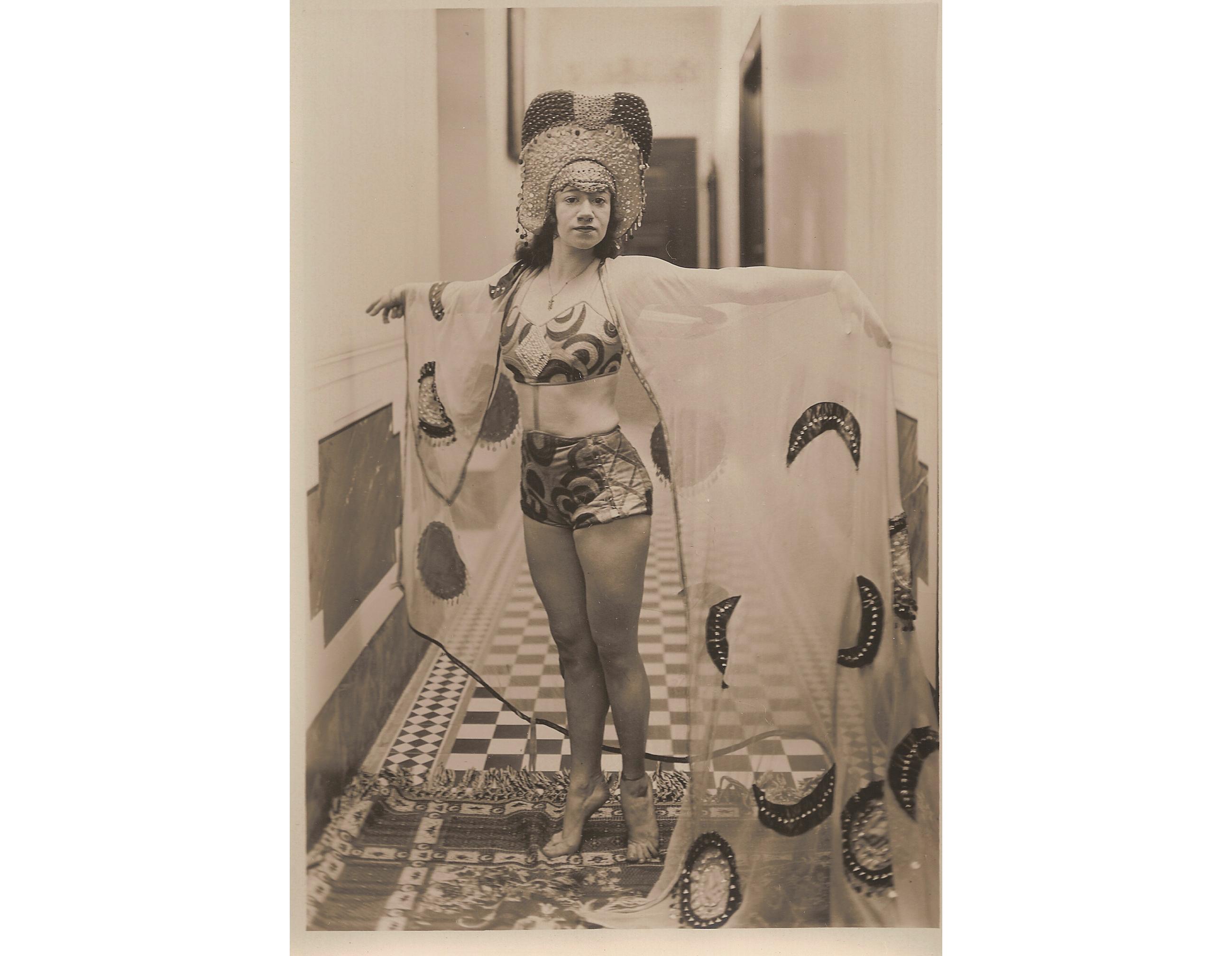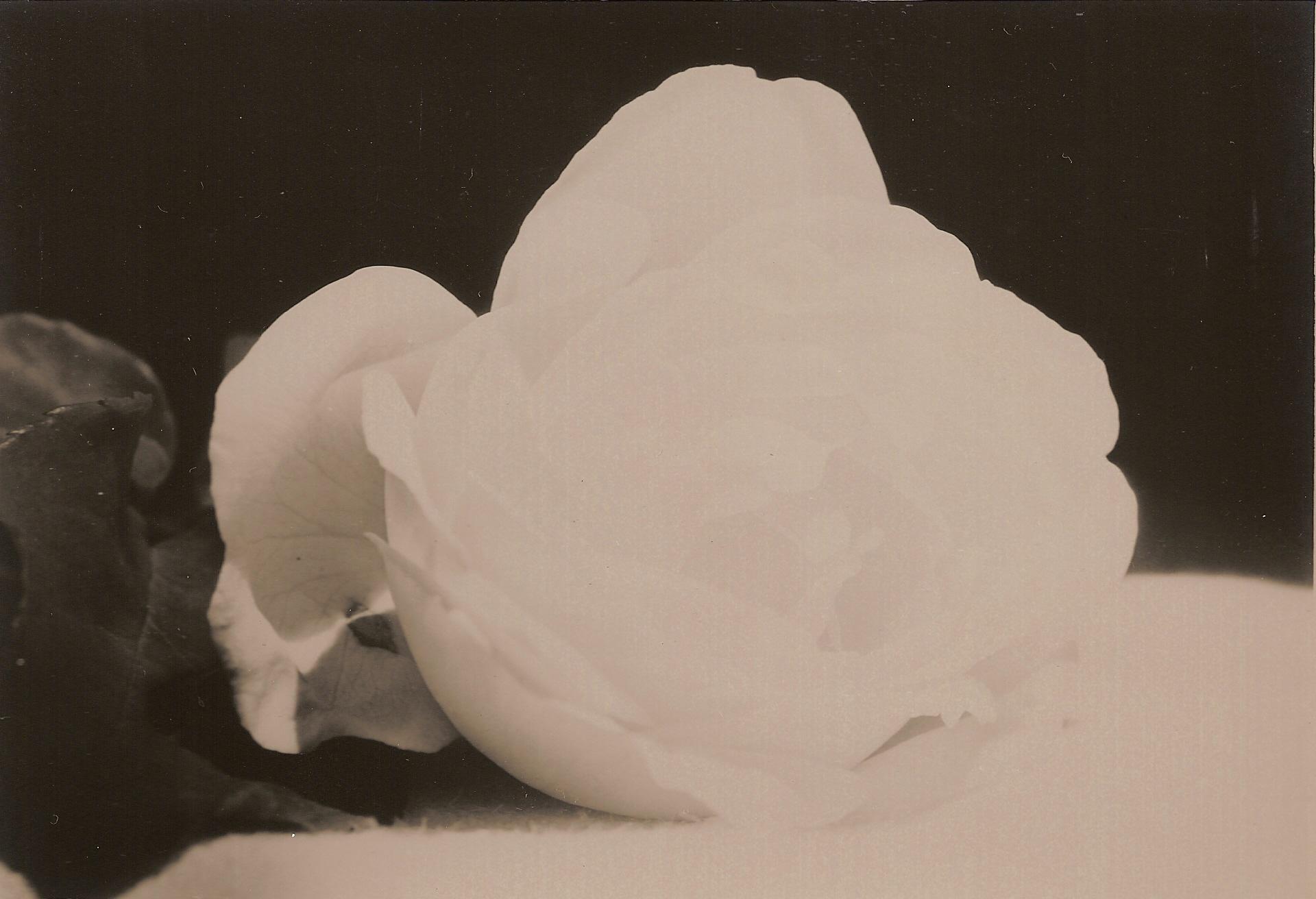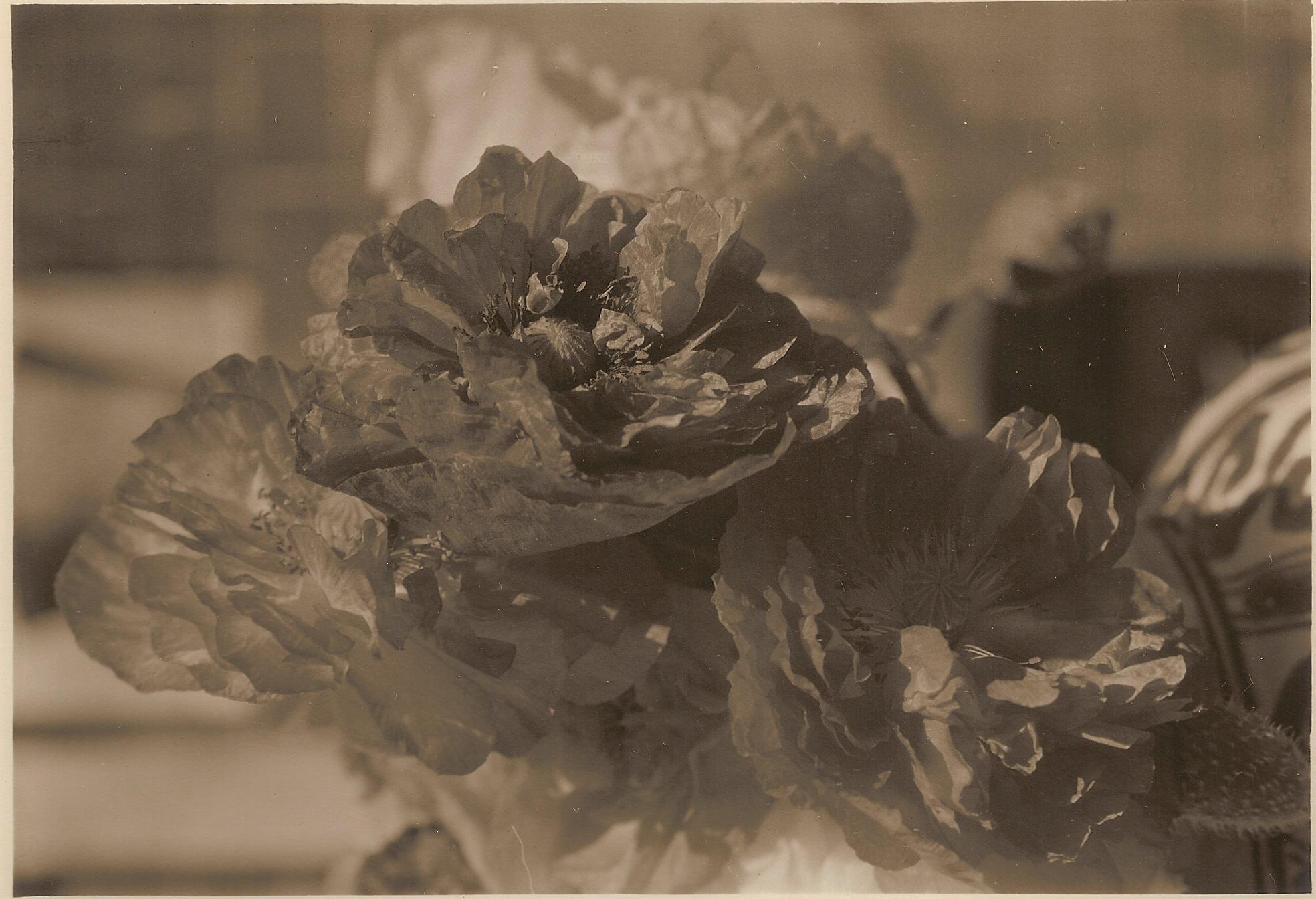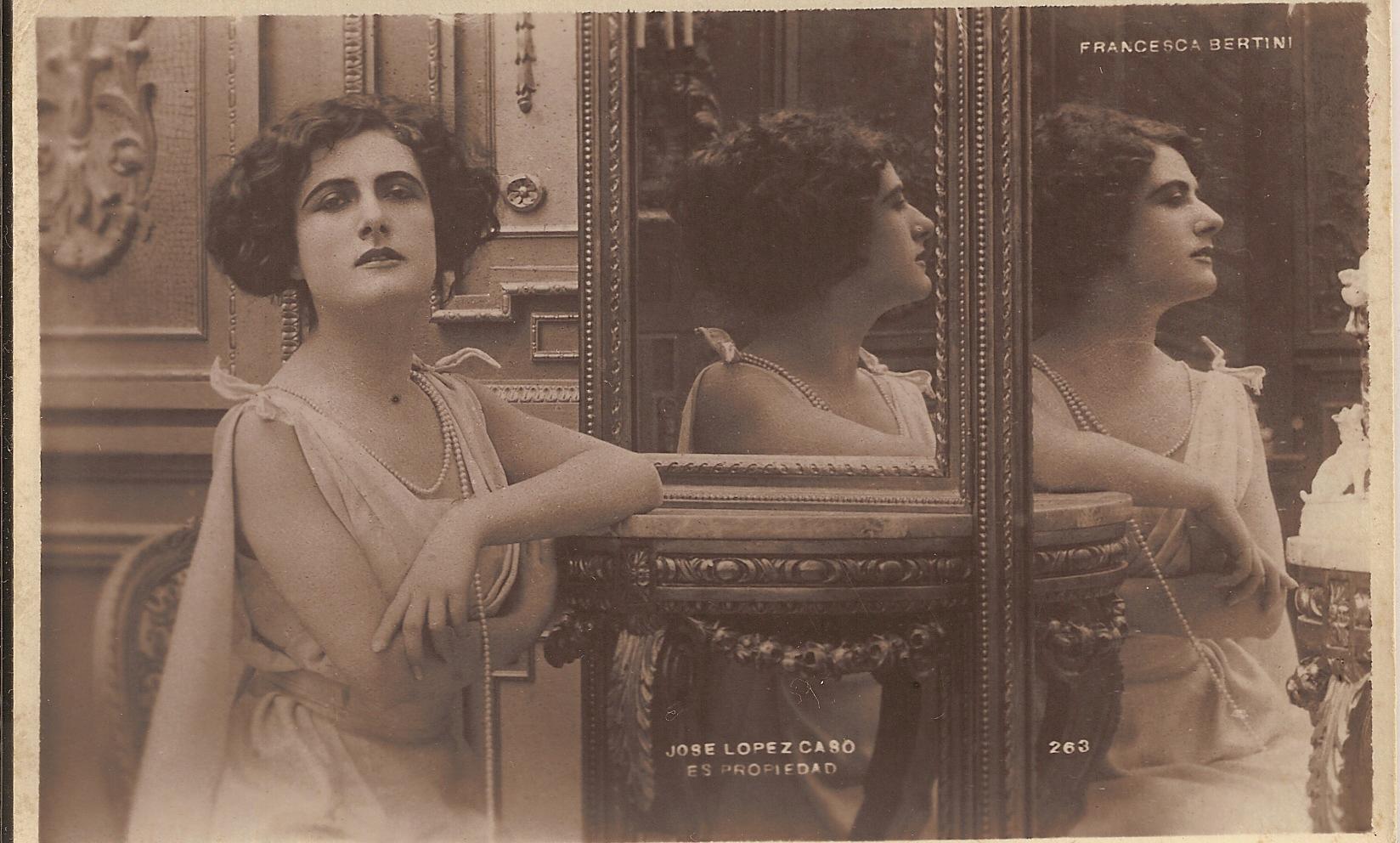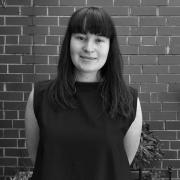The Specifics of a Poem
The following poems were produced while undertaking research in the Juan C. Mendez Fototeca (Photographic Archive) in Puebla, Mexico—an opportunity facilitated through the Arquetopia Foundation residency program. My experience in the archive allowed me to spend considered amounts of time with photographs produced by Juan C. Mendez. This visual research provided an opportunity to actively think through the possibilities and obstacles of language and of images, while considering points of reflection and difference.
/
The specifics of a poem, and of a body, ever-shifting; dappled light. Getting out of habit or out of place. I fell out of the sentence. I collapsed slowly on top of letters. Curve of C met my spine. Length of T grazed my side. I guess I stopped mid-sentence, mid-remark. I turned from one into another. I heaved and with fluency of phrase I was lifted up again. Intonation and inflection pushed me sideways. I waded in tides that pulled for locution, with un-guided mis-pronunciation. It was an oratory unravelling.
/
I am in the interstice. Between parts, between images, between words. Although I am not in a free-floating space between these things. I am stuck to the sides of them, trying to get in. The sticky place on the side of an image and the air around a phrase. A place of wanting meaning and finding question. I live in the interstice. [1]
/
My surface is dust-marked. I slipped my body through the invisible layers of light and fixative, until I met the sheet of card. My sides were marked by invisible paper cuts. I attempted to avoid creasing as I rode. With foresight, I was aware that this would change things. I sunk deeper still into the blackest of blacks—carbon—and climbed peaks of pure white light. I languished and almost fell from the folded corner. I reminded myself to keep concentrating. I was always waiting for the next. I could move above, around and beyond, yet there was no texture to this new world that I inhabited. I travelled back to the white rose against black. I tried to enhance it; still. The foreground met the background like a cliff and I was struck with vertigo. It was time for me to emerge, so I did. Fully formed, but with holes; still. As I stepped out, the wind met my skin and I was shaken. I am dust-marked, but the image has sanded my edges; still.
/
Taking the piano as a metaphor, you spun through me with brilliance and with mistakes and with it all. [2] You played scales down my back and opened me up. Your joy turned into disdain and you closed me down. Taking the piano as a metaphor, you unravelled me. You serenaded me with sonnets and then you pushed the dampening pedal and my voice disappeared. I thought our song would last forever. Your lyrics are slowly fading, but the rhythms are imprinted. I can’t listen to Debussy anymore without crying. The lever to open is lost.
/
I dreamed of a conventory existence;
where it was just me meeting cold stones steeped in history, hand-plastered curving walls and songs of scripture.
I dreamed of a conventory existence;
where I was marked by disobedience, but held safely enough from heartbreak.
I dreamed of a conventory existence;
where thoughts of you were less-consuming; merely taken up by needlepoint.
I dreamed of a conventory existence;
where I was era-less and could bend with time to meet easier moments of thinking.
I dreamed of a conventory existence;
so I could feel valid, while melting deep into the choir.
I dreamed of a conventory existence;
but I was left marked on the steps of indecision.
/
Taking my body as an archive; I tore through card-catalogue and found nothing.
Taking my body as an archive; I was wrapped—resolute—in worry.
Taking my body as an archive; I was lost in places (pains) of inscription.
Taking my body as an archive; I was swimming in tales of longevity,
getting taken under and swept backwards.
Taking my body as an archive; I was all alone in the library.
Taking my body as an archive; I knew I was falling back into myself.
Taking my body as an archive; I was met with waves of tiredness.
Taking my body as an archive; I slipped past identifiable organs & lingered in blackness.
Taking my body as an archive; I am undressing without a mirror.
Taking my body as an archive; I am removing layers of history.
Taking the archive as a mirror; I am seeing my reflection in quiet hysteria.
Taking my body as an archive; I am sweeping for memory to come up grounded.
Taking my body as an archive; I’ll tear through card-catalogue—still searching.
/
We read from a place that is mobile and hovering, where the meaning can just fall out of a word. [3] She didn’t feel held by language. With weight came unease and she couldn’t keep her balance on two feet. She started to make words up. She wove letters together in the sky. Star-lined thread pushed through an alphabet quilt. Some letters slick with lustre; others, moth-eaten. Those who could meditate on language sat motionless. There, lips fluttered, speaking silent words. She wondered what would happen if they ran out of phrases. The problem was not that she didn’t have enough to say, but had too much. Before a word could be fully formed, another one was lapping at its heels. As a result, she felt ill-informed on everything. Her mind was already onto the next chapter, so she found it hard to interpret to a public.
/
Do tides unfold further possibilities within ourselves, or just knowledge that was already in our bodies; deposited by past generations? Into our placental veins, they slipped phrases. They say to become a master you need to devote yourself for seven years. I have been devotional, but I was back to the point of beginning. Now I feel as if I am further along. The gaps can’t be filled. [4] How much time will I spend writing you? Moving on. There was friction in the foreign and I was trying to be gentle with myself. The fountain didn’t rise above the ground. It seemed to call for someone to fall in. It makes sense to end, drowning in words.
/
To salt a wound with distilled tears to stop the bleeding. It is easy to be hard on yourself when you are looking at your own image. Photography can profit from the capture of chance occurrences. [5] My photographs are constructed and considered—a statement.
In front of the lens, my limbs lack coordination. My body can predict the future, but I cannot predict the future of my body. She yearned for certain lyricisms that were too hard to play. I delve deep into the middle ground without looking at my references. Years stretch out before me, but there is not enough time for my projects. When bathing in salt-water I will learn how to separate the salt from the water—to distil and crystalize—the same process I go through when I read your poetry. My poems are just tributaries of water, ready to be turned into tears.
/
[1] Roland Barthes, Empire of Signs, ed.10 (Canada: Harper Collins, 1992), p. 9.
[2] Dana Gelinas, ‘MY OWN POETICS, IN A FEW WORDS’ in Sin Puertas Visibles: An Anthology of Contemporary Poetry By Mexican Women, ed. Jen Hofer (Pittsburgh: University of Pittsburgh Press, 2003), p. 138.
[3] Jen Hofer, Sin Puertas Visibles: An Anthology of Contemporary Poetry By Mexican Women (Pittsburgh: University of Pittsburgh Press, 2003), p. 8.
[4] Clare Hemmings, key-note lecture at Women, Art and Feminism Symposium, (Melbourne, February 22nd 2018).
[5] Wikipedia contributors, ‘Tableau vivant’, Wikipedia, The Free Encyclopedia, https://en.wikipedia.org/wiki/Tableau_vivant, accessed May 27 2018.

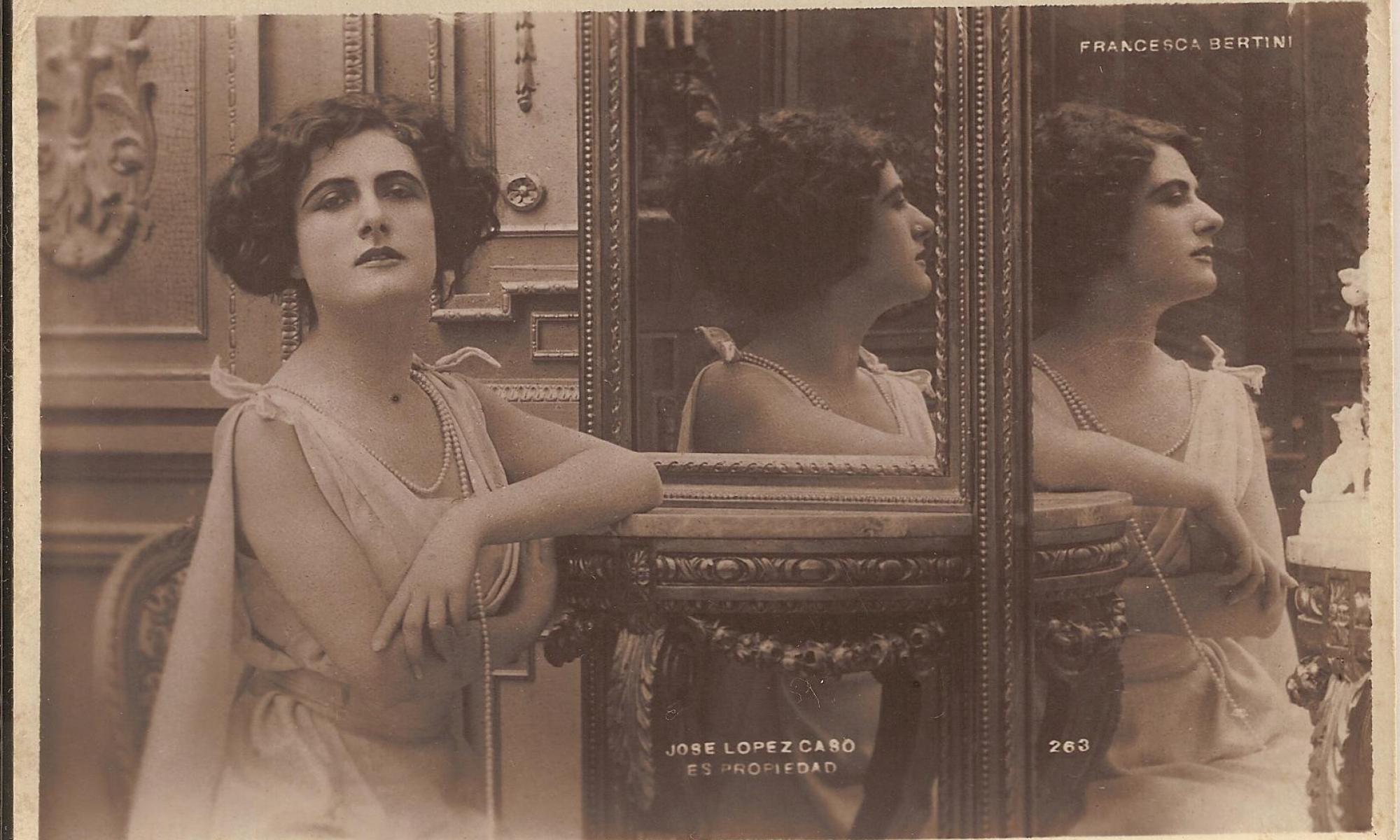
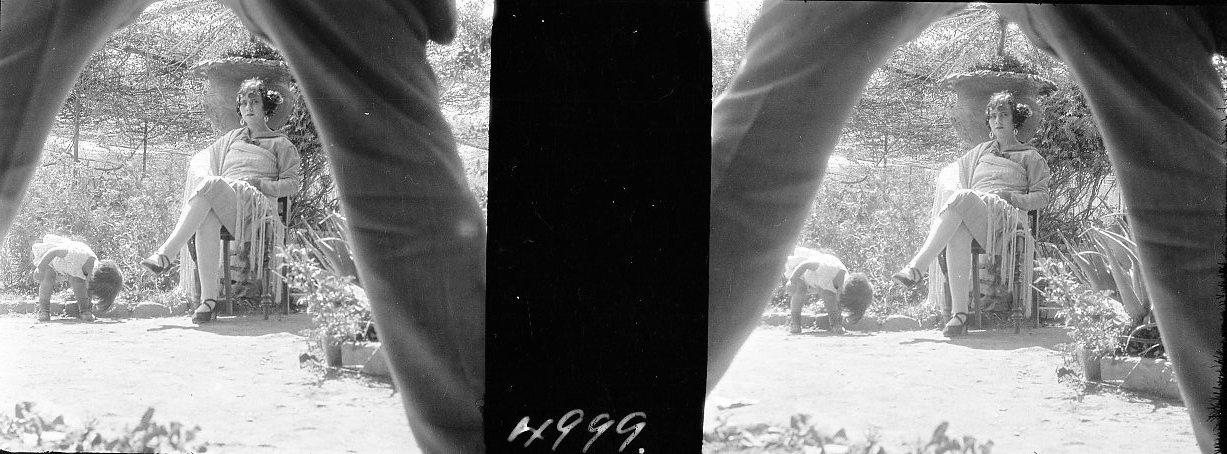
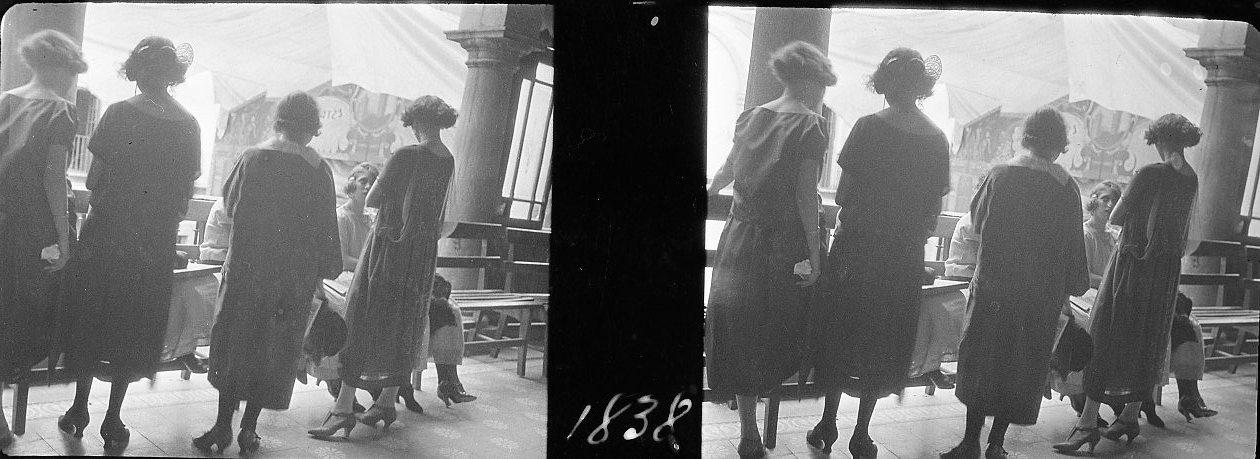
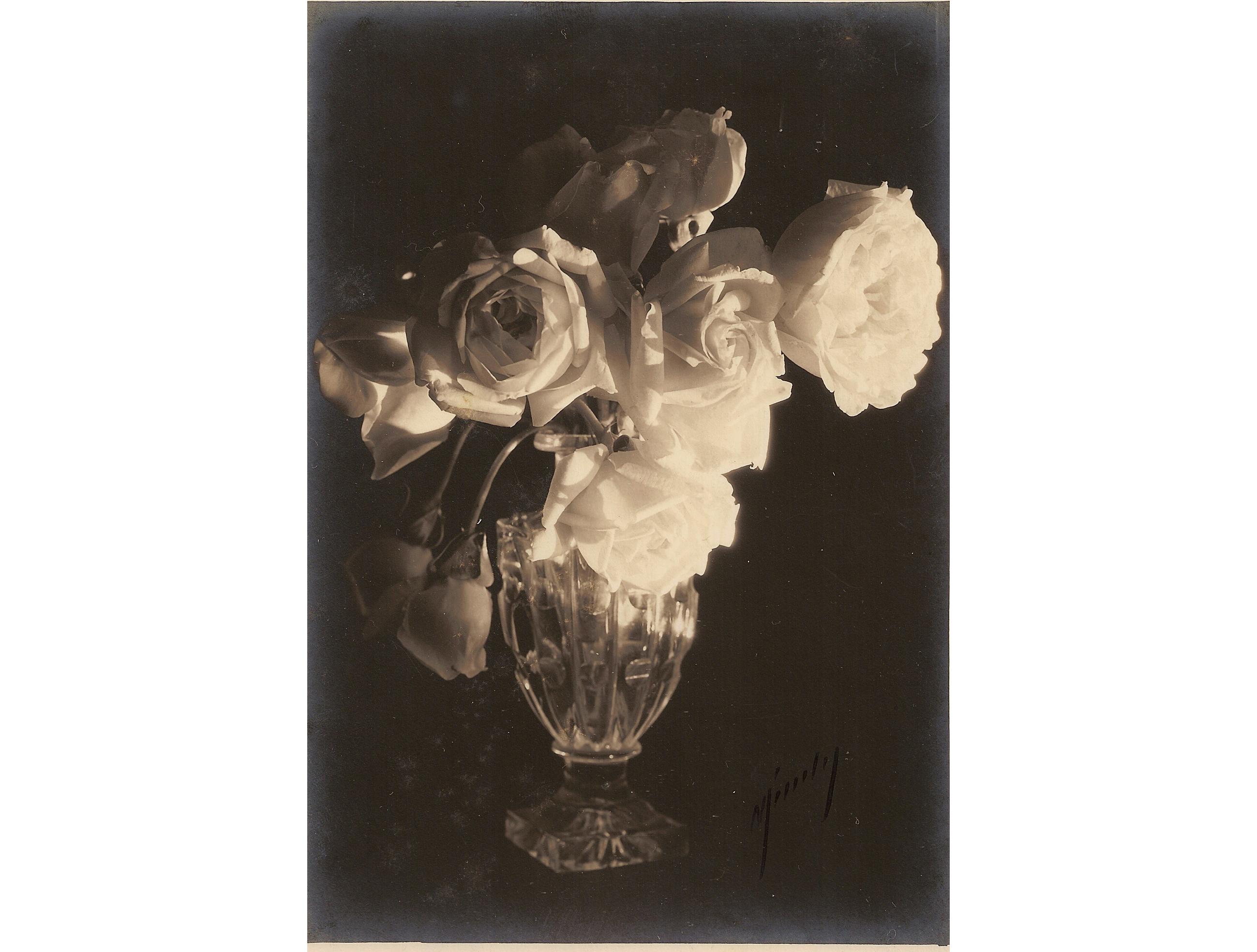
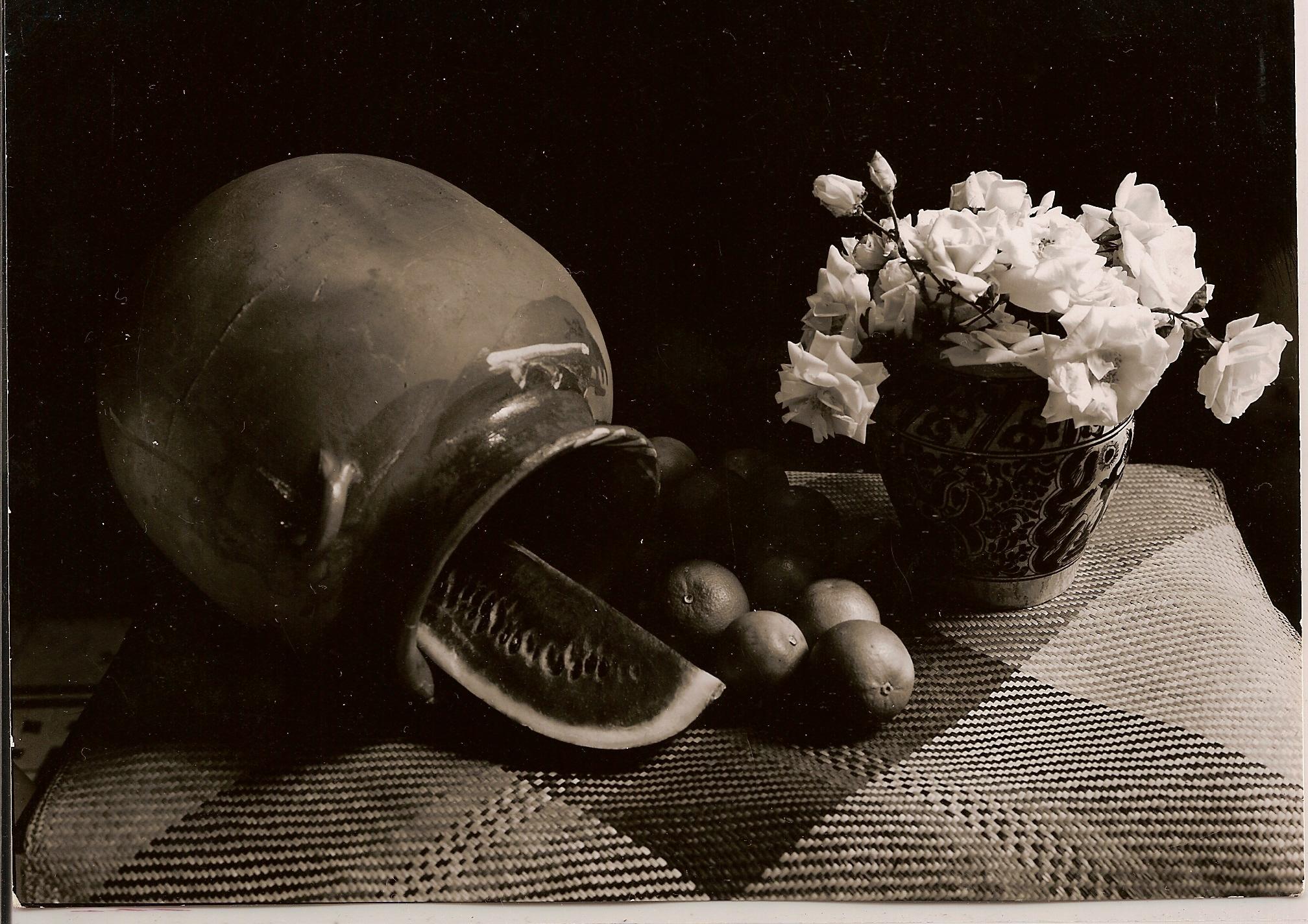
260%20Ballet%20Ruso%20Pauley%20Oukraunsky.jpg)
